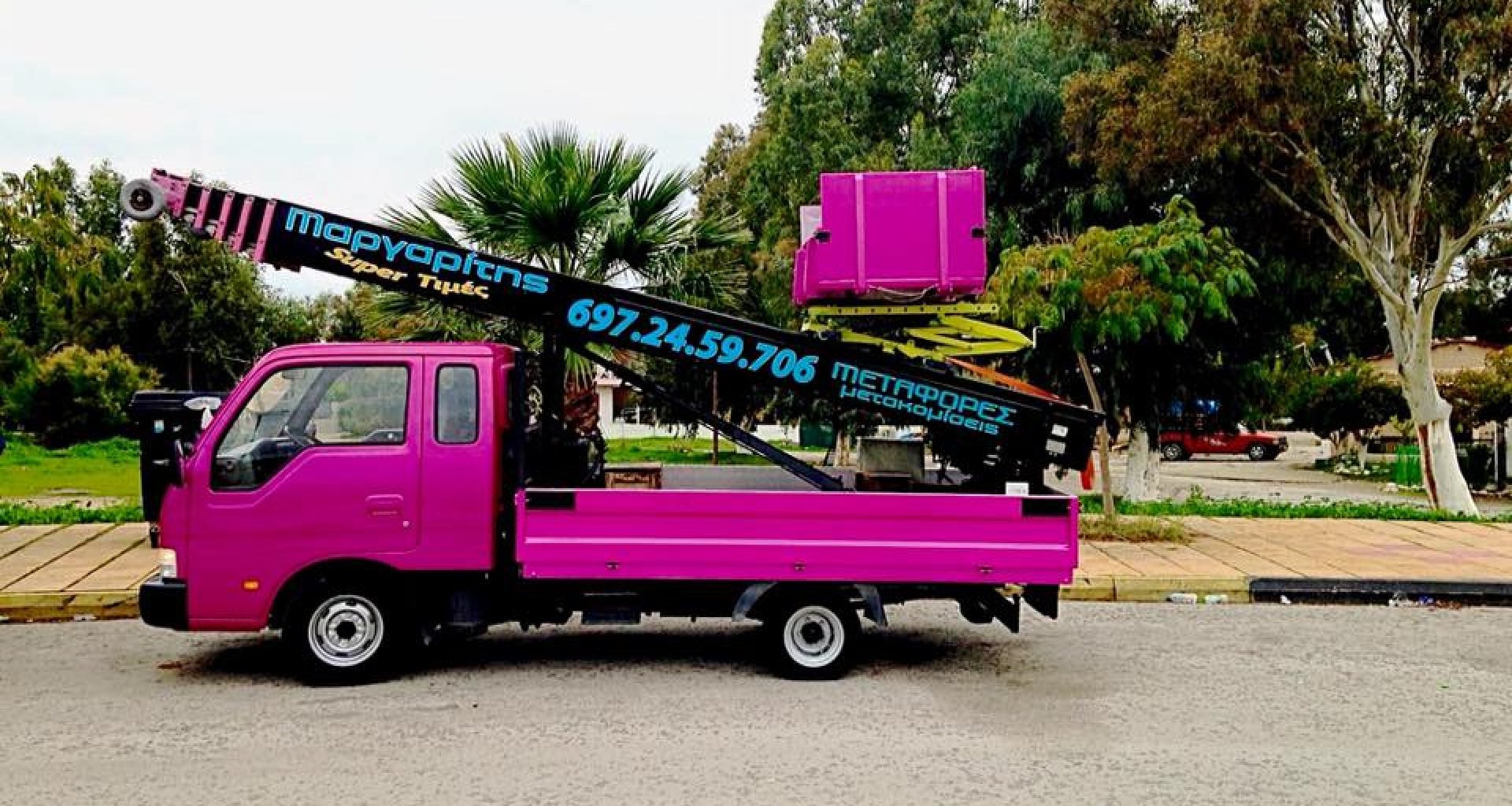Participants exhibited reduced markers of physiological strain (i.e., Trec, Tsk and HR) during days 5–9 of HA, as compared to days 1–4. These physiological changes occurred in spite of an increased mean power output during days 5–9 of HA. Although these data indicate a reduction in the desired stimulus across the heat acclimation protocol, it also indicates that the greatest heat stimulus was administered during STHA. Furthermore, the improved performance in HTT3 as compared to the previous HTTs indicates that this reduced stimulus during days 5–9 was still effective in producing HA-related performance improvements. e., 2% body mass loss; Cheuvront and Kenefick, 2014). However, as we did not measure changes in plasma volume, it is unknown whether participants experienced the fluid regulatory responses typically associated with heat acclimation.
There was a trend for a lower Trec at rest before HTT3, which appeared to influence Trec during the initial minutes of HTT3 (albeit not significantly). rec (Inoue et al., 2005) and the overall thermoregulatory set point range (Charkoudian and Stachenfeld, 2016). This may have contributed to the non-significant change in resting Trec observed in the current study. By the end of each HTT, Trec reached similar values (?38.1°C). This is perhaps unsurprising as a previous study has shown that heat acclimation does not change the maximal Trec reached (40.1–40.2°C) during https://www.datingmentor.org/escort/wichita/ a 43.4-km time trial in the heat, despite a lower Trec for the first 80% of the post-acclimation time trial (Racinais et al., 2015).
And, this HA process produced an acceptable dehydration stimulus, while the ?3% human anatomy bulk losses reached round the HA days 1–cuatro and you may 5–nine and permissive dehydration presumably exceeded the newest osmotic threshold necessary for compensatory fluid regulating responses (i
In the modern research, you will find a thought of increase of active sweating glands from the prevent off HTT3 (Dining table cuatro). So it contrasts conclusions inside male cohorts, where sweat gland activation didn’t increase following the 8–10-weeks temperature acclimation (Inoue et al., 1999; Lee mais aussi al., 2010; Poirier et al., 2016). In today’s investigation, the number of active sweating glands (75 ± twenty five for every single cm dos ) at the conclusion of HTT3 were below opinions in the past advertised inside the acclimated men (?96–108 per cm dos ; Inoue et al., 1999; Lee mais aussi al., 2010; Poirier et al., 2016) and you will unacclimated lady (?93 per cm dos ; Knip, 1969). For this reason, alter observed pursuing the a beneficial 15-min HTT might not suggest enhanced maximal sweat gland activation for every single se, but instead prior to activation of the sweat glands. Although there is high intra-topic coefficient version of that it level, the fresh new 33 and you can 22% indicate developments adopting the HTT3 when compared to HTT1 and you may HTT2, correspondingly, meet or exceed the ?11% coefficient regarding variation reported by the Gagnon mais aussi al. (2012).
Point of views
These types of abilities donate to the brand new minimal search one to says to brand new asked overall performance outcomes of heat acclimation to own people professional athletes. The outcome associated with data signify when you are temperature acclimation is also getting an excellent studies part when preparing having competition from the temperature, girls players might need to 9 times of ninety-minute temperature acclimation sessions prior to sense efficiency developments. not, you will see private type in how sports athletes (man or woman) answer heat acclimation (Racinais mais aussi al., 2012). In the present research, three participants’ performance deteriorated in the HTT2 versus HTT1, whereas five users exhibited developments and something new member shown zero change. Ergo, some females athletes can get achieve significant efficiency pros immediately following cuatro-days heat acclimation, and others you will definitely want more than 9-weeks. A hot air acclimation protocol lasting more than nine-days possess yet , to get initiated for the a woman cohort, which could be hypothesized to help expand balance adaptions and you can improve results (Racinais et al., 2015). It’s very unclear just how more stages of your own menstrual cycle/birth-control may affect temperatures adaption while in the acclimation. Future studies are along with needed seriously to explain the newest perception regarding mixed-strength temperatures acclimation with the extended results evaluating both in men and you can girls players.


